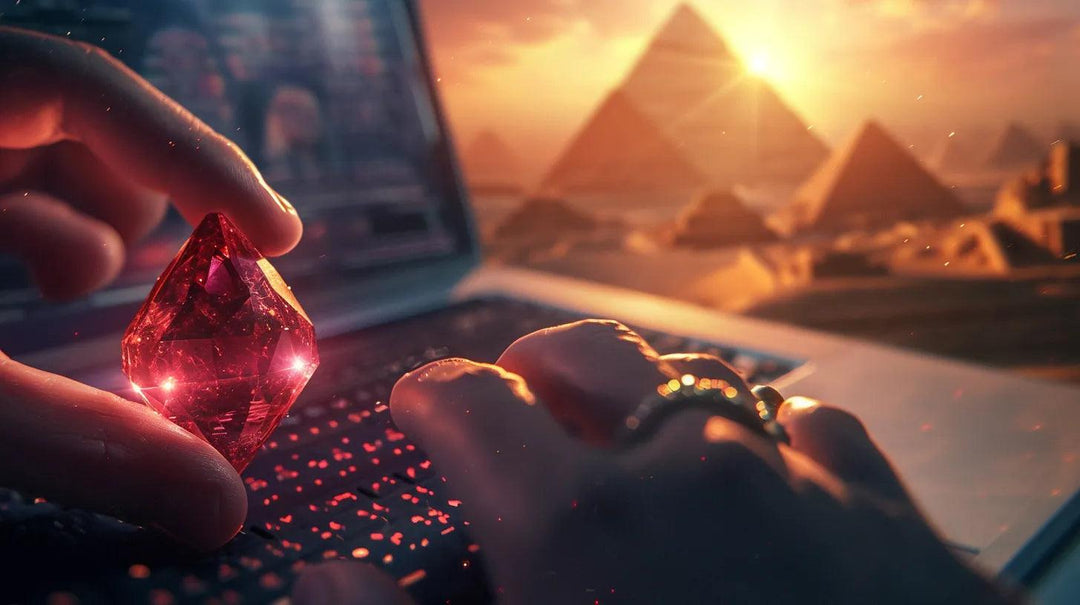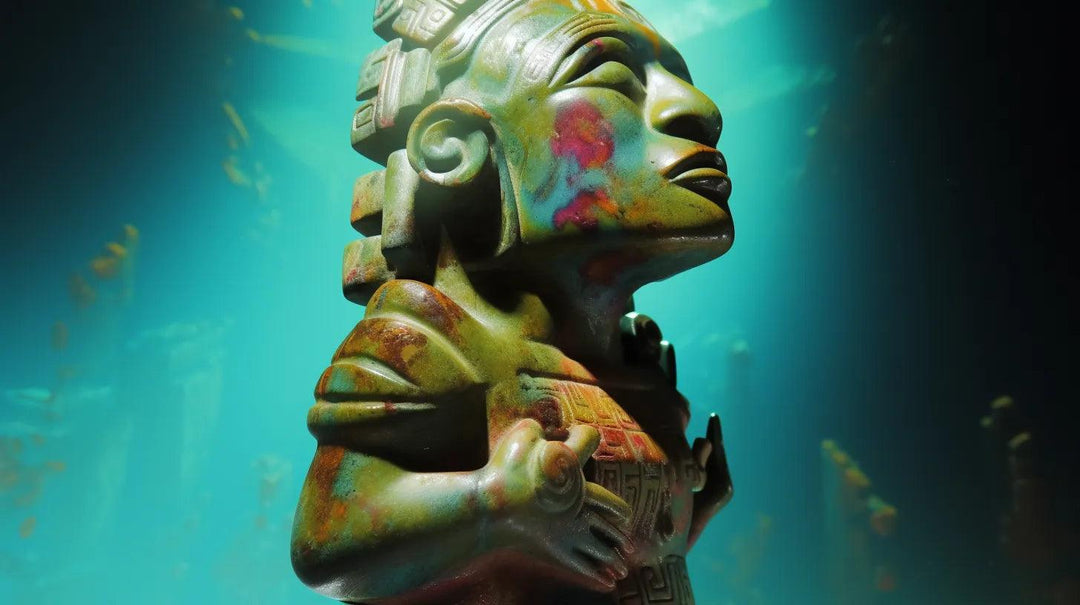Antique Treasure Hunt: Clues You Can Follow To Find Your Unique Piece
Embarking on the quest to discover a unique antique or archaeological item is an enthralling adventure. This endeavor requires a nuanced understanding of various factors that contribute to the value and authenticity of a piece. The following summaries delve into key subjects that equip collectors in making informed decisions, ensuring a satisfying and rewarding acquisition.
-
Age Does Not Define Value: Age is often mistaken as a sole determinant of value in antiques. However, other factors like quality, condition, rarity, and demand play pivotal roles. Understanding this helps collectors avoid overpaying for items merely based on age and instead focus on other value-adding attributes. This insight is vital in evaluating the worth of a potential acquisition, enabling a more confident purchase.
-
Good Quality Defines Price: The craftsmanship, material, and overall quality significantly define an item's price. High-quality antiques are likely to fetch a higher price due to their superior make. Being able to discern good quality helps collectors find valuable pieces and negotiate prices effectively, ensuring they obtain a piece that is worth its price and holds its value over time.
-
Genuine Reproduction = Fake: The market is rife with reproductions passed as genuine antiques. Educating oneself about common traits of reproductions helps in avoiding fraudulent purchases. Although reproductions can be appealing, they lack the historical value and the uniqueness of genuine antiques, which is crucial for an informed collector seeking authentic pieces.
-
Four Areas: Quality, Condition, Rarity, Demand: These four areas are paramount in evaluating an antique's value. Quality speaks to craftsmanship, condition reflects its preservation, rarity indicates its uniqueness, and demand shows its desirability in the market. A holistic evaluation considering all these aspects empowers collectors to find and negotiate for unique pieces that are worth the investment.
-
Worth is Price Paid by Someone: The true worth of an antique is what someone is willing to pay for it. Having a keen understanding of an item's appeal to others, its historical significance, and market demand helps in gauging its fair price. This knowledge is essential for collectors to make sound purchasing decisions and to find items that resonate with their personal interests and values.
-
Antiques Hold Their Value When Not Broken: Preservation plays a crucial role in an antique’s value. A well-preserved item, free from damages or alterations, holds its value better. Collectors should prioritize finding items in good condition as it not only ensures the item's longevity but also its appreciation in value over time.
-
Use Ultraviolet Light (Blacklight): Utilizing ultraviolet light helps in revealing repairs, alterations, or inconsistencies in an item that are not visible to the naked eye. This technique aids in authenticating pieces, ensuring that collectors are making a wise investment in a genuine antique. It's a practical approach for amateur collectors to enhance their evaluation skills and confidence in their purchases.
The journey of antique collection is enriched with knowledge and an eye for value. By understanding and applying these key subjects, collectors are better poised to find, evaluate, and acquire unique pieces that resonate with their personal and financial objectives. Engaging with these clues turns the pursuit into an enlightening and rewarding Antique Treasure Hunt.
Frequently Asked Questions
How can collectors effectively use ultraviolet light to identify repairs or alterations in antiques?
Ultraviolet light can reveal repairs or alterations in antiques by highlighting inconsistencies not visible under normal light. Materials like modern glues or fillers used in repairs fluoresce under UV light, contrasting with the surrounding original materials. Collectors can scan the item carefully under UV light, looking for unusual brightness or colors indicating repairs.
What strategies can be employed to accurately assess the rarity of an antique piece?
Assessing the rarity of an antique involves research into its production history, the quantity produced, and how many pieces have survived over time. Consultation with experts, reference books, and auction databases can provide insights into how often similar items appear on the market, helping to gauge rarity.
Can the article offer any advice on negotiating the purchase of antiques based on their evaluated conditions and qualities?
Negotiating the purchase of antiques requires a thorough understanding of the item's condition, quality, and market value. Armed with this knowledge, collectors can discuss the price more confidently, highlighting aspects that affect the item's value from their research and comparisons with similar items sold or available on the market.






